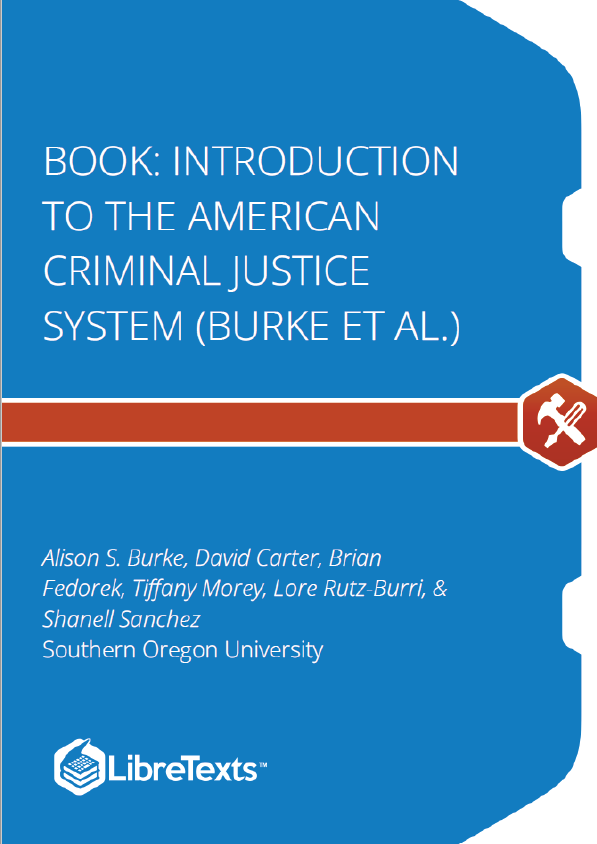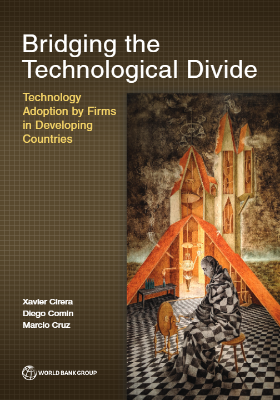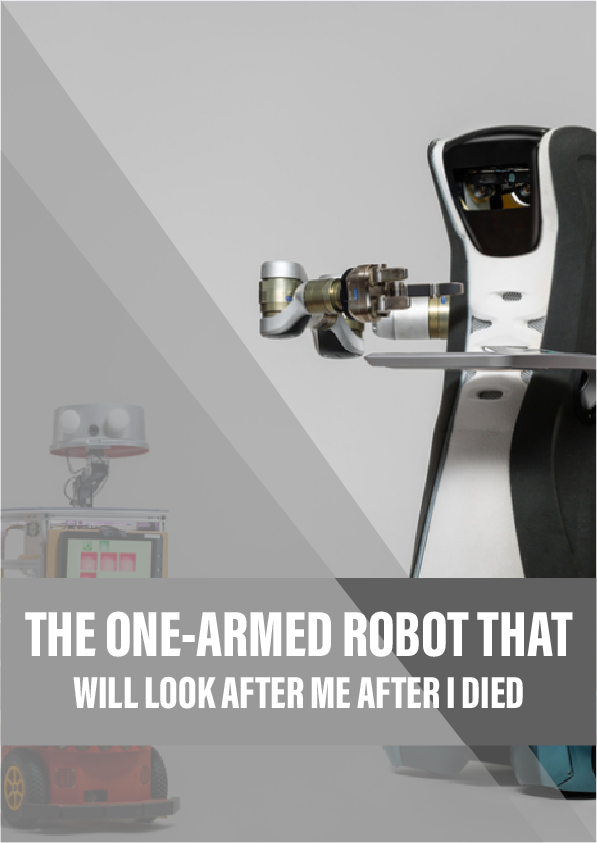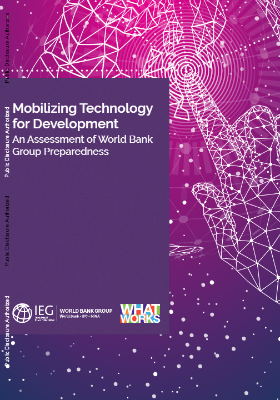This text covers law enforcement, criminal courts, sentencing, penal institutions, and community-based sanctions. It also includes historical and contemporary perspectives on components of the criminal justice system, as well as the legal and constitutional frameworks in which they operate.
Ethics refers to the understanding of what constitutes good or bad behavior and helps to guide our behaviors. Ethics are important in the criminal justice system because people working in the system get authority, power, and discretion by the government. Imagine in the above case where the speeding and swerving occurred because the person drove drunk due to the break-up. It would be unethical for police to allow them to drive home because they were drinking and driving, which is a crime. Most people would see it an abuse of discretion if the officer said, “I know you are drunk, but break-ups suck. Please stop crying, drive home, and forget this happened.” Ethics and discretion often go hand-in-hand.
In the News: How Would an Ethical Officer React? The New York Times wrote an article about ethical policing. Tobkin often asked his recruits, in any given situation, “How would an ethical officer react?” All recruits were required to take an ethics class called Police Legitimacy, which deals with how officers are viewed by the public and what they can do to improve or erode those perceptions. “There is about one patrol officer for every thousand citizens, so if the public does not see us as legitimate and they do not acknowledge our authority, then we are in big trouble,” Tobkin said. Recruits also closely study the department’s “use-of-force continuum,” which dictates what level of force is appropriate in response to a suspect’s behavior: tasers and batons on when a suspect is kicking or punching an officer, but generally not when a suspect is simply trying to get away.
The criminal justice system is often referred to as a funnel because most cases do not go through all steps in the system, some because of discretion, and a large portion because they are unknown to police. The question remains: is the criminal justice system effective at catching, prosecuting, convicting, and punishing offenders? Does the system properly do its job at all levels? Walker was critical of this report and said the report did not account for the crimes unknown to police, often referred to as the dark figure of crime. He also recognized that the most serious crimes are often reported the most, which may confuse the public about the reality of other crimes. Others also criticized the report for only looking at reported crimes and adult crimes, but those issues will be highlighted in our next chapter on data in the criminal justice system. It is important to recognize that the disparity between crimes that were reported and not reported. This discrepancy was a shock in the 1970s, especially after the United States started asking people about their victimization. The number of crimes people say they experienced far exceeded the crimes they reported to the police.
In the News: The Crime Funnel The New York Times wrote an example of the crime funnel. Federal agencies publish numbers of crime that constitute a big funnel. For example, the “35 million crimes committed each year pour in at the top that can include everything from shoplifting, auto theft and drunken fights to rapes and murders. Of these, about 25 million are serious, since they involve violence or sizable property loss. But millions of these crimes go unpunished because the victims never report them. Only 15 million serious crimes come to the attention of the police.”
The criminal justice system is often referred to as a funnel because most cases do not go through all steps in the system, some because of discretion, and a large portion because they are unknown to police. The question remains: is the criminal justice system effective at catching, prosecuting, convicting, and punishing offenders? Does the system properly do its job at all levels? Walker was critical of this report and said the report did not account for the crimes unknown to police, often referred to as the dark figure of crime. He also recognized that the most serious crimes get reported the most, which may confuse the public about the reality of other crimes.











